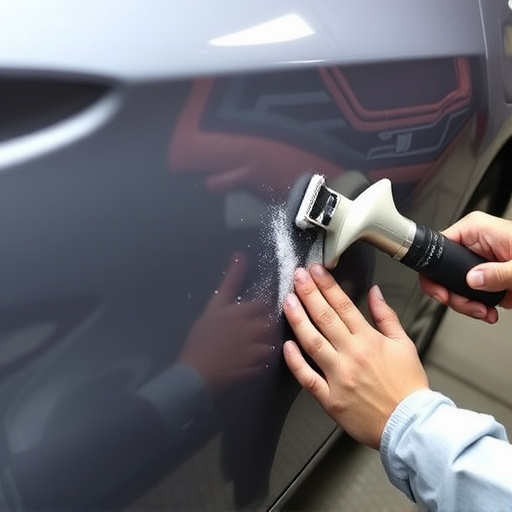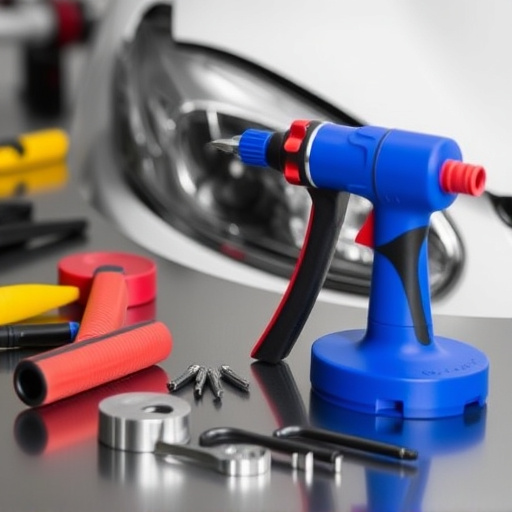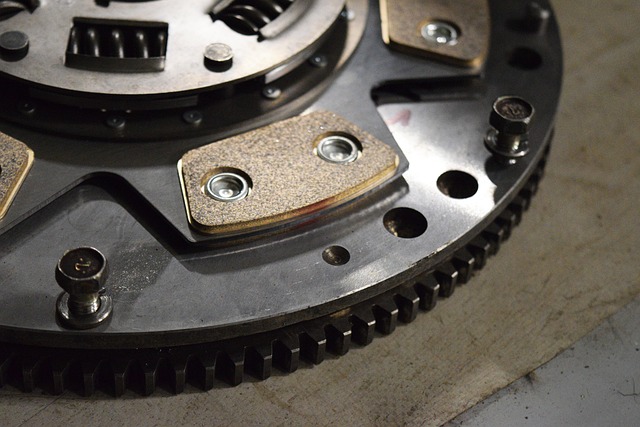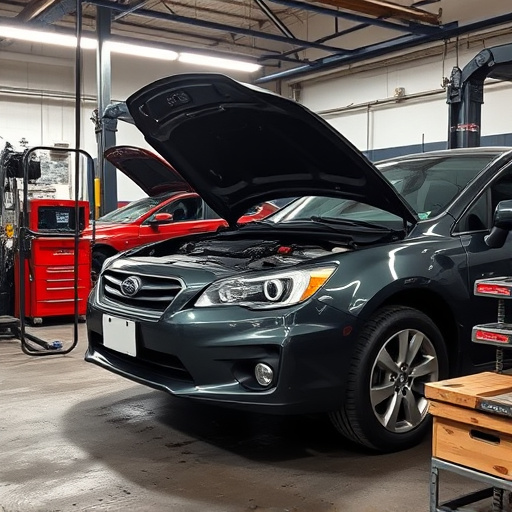Acoustic glass repair is a specialized service that restores or replaces damaged vehicle windows, focusing on structural integrity and sound quality. It involves various techniques from crack filling to complete window replacement, tailored to damage extent. This meticulous process ensures clear visibility, optimal comfort, and safety, while preserving auditory environments crucial for recording studios and concert halls. Advanced materials and methods cater to a niche yet critical segment of the repair industry, offering significant advantages for residential and commercial spaces.
“Uncover the art of acoustic glass repair and its transformative potential in enhancing sound quality. This comprehensive guide delves into the fundamentals, offering a clear understanding of what sets this technique apart. From its basic principles to the step-by-step process, you’ll explore how skilled technicians mend these unique panels.
Furthermore, we’ll highlight the myriad benefits, including improved acoustics in spaces, cost-effectiveness, and environmental sustainability. Discover the key considerations and why acoustic glass repair is a smart choice for creating harmonious environments.”
- What is Acoustic Glass Repair?
- The Process of Repairing Acoustic Glass
- Benefits and Considerations for Acoustic Glass Repair
What is Acoustic Glass Repair?
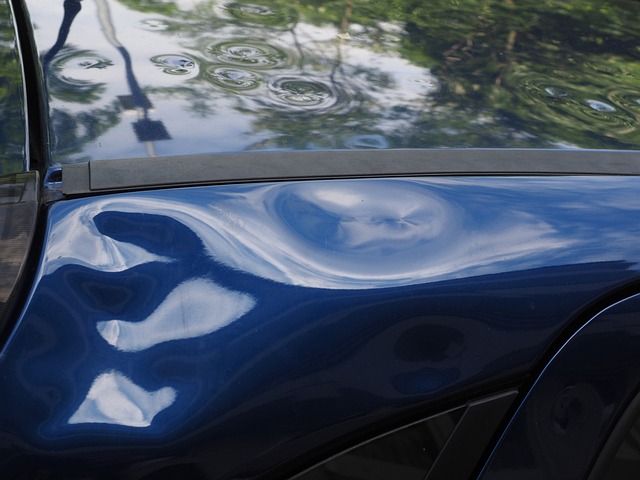
Acoustic Glass Repair is a specialized service that focuses on restoring or replacing damaged window glass in vehicles, primarily after accidents or impact incidents. It involves more than just fixing a crack; it aims to enhance the structural integrity and acoustic performance of the vehicle’s windows. Car collisions can cause significant damage to auto glass, leading to leaks, reduced visibility, and even compromised safety.
This repair process is crucial for ensuring the overall well-being of drivers and passengers. It includes various techniques, from simple crack filling to complete window replacement, depending on the extent of the damage. The ultimate goal is to restore the vehicle’s original functionality, providing a clear view and optimal acoustic comfort while also maintaining safety standards, especially in the event of future accidents or extreme weather conditions.
The Process of Repairing Acoustic Glass

The process of repairing acoustic glass involves several meticulous steps to ensure optimal sound transmission and visual clarity. It begins with assessing the damage, which could range from small cracks to larger breaks. For minor cracks, a specialized resin is injected into the break, allowing it to bond with the existing glass and fill in the fracture, effectively restoring its structural integrity. In cases of more significant damage, replacement may be necessary. However, modern techniques enable the restoration of acoustic glass panels by installing new glass that matches the original specifications, ensuring minimal disruption to the room’s acoustics.
Unlike car dent repair or auto body work, which primarily focuses on cosmetic restoration, acoustic glass repair demands a deeper understanding of sound dynamics and material science. The goal is not just to fix the visible damage but to preserve the room’s auditory environment, making it ideal for recording studios, concert halls, and other spaces where precise sound control is paramount. This specialized approach leverages advanced materials and techniques to achieve both structural integrity and acoustic performance, catering to a niche yet critical segment of the repair industry.
Benefits and Considerations for Acoustic Glass Repair

Acoustic glass repair offers numerous benefits for both residential and commercial settings. One of the primary advantages is improved sound quality and reduced noise pollution. Cracked or damaged glass can significantly distort sounds, leading to echo, reverberation, and overall poor acoustic performance. By repairing these issues, you enhance the clarity of speech, music, and other sounds within a space. This is particularly important in recording studios, concert halls, and homes where acoustic integrity plays a vital role in creating an optimal listening environment.
When considering acoustic glass repair, several factors come into play. For instance, the type of glass used and its thickness can impact the repair process and outcome. Thicker glass often requires more specialized techniques and materials. Additionally, the extent of damage is crucial; minor cracks or chips might be reparable, while severe impacts may necessitate complete replacement. Reputable auto body restoration experts specializing in vehicle repair services for windshields and other glass components can provide guidance tailored to specific needs. These professionals ensure that repairs are not just visually appealing but also structurally sound, maintaining the overall integrity of the acoustic environment.
Acoustic glass repair offers a practical solution for damaged or faulty acoustic glass panels, providing both functional and aesthetic benefits. By understanding the simple yet precise process involved, individuals can easily maintain and enhance the performance of their soundproofed spaces. This DIY-friendly approach not only saves costs but also ensures a quicker turnaround time, making it an attractive option for homes, offices, and studios alike. Embracing acoustic glass repair is a step towards optimizing your living or working environment while keeping maintenance efforts to a minimum.


